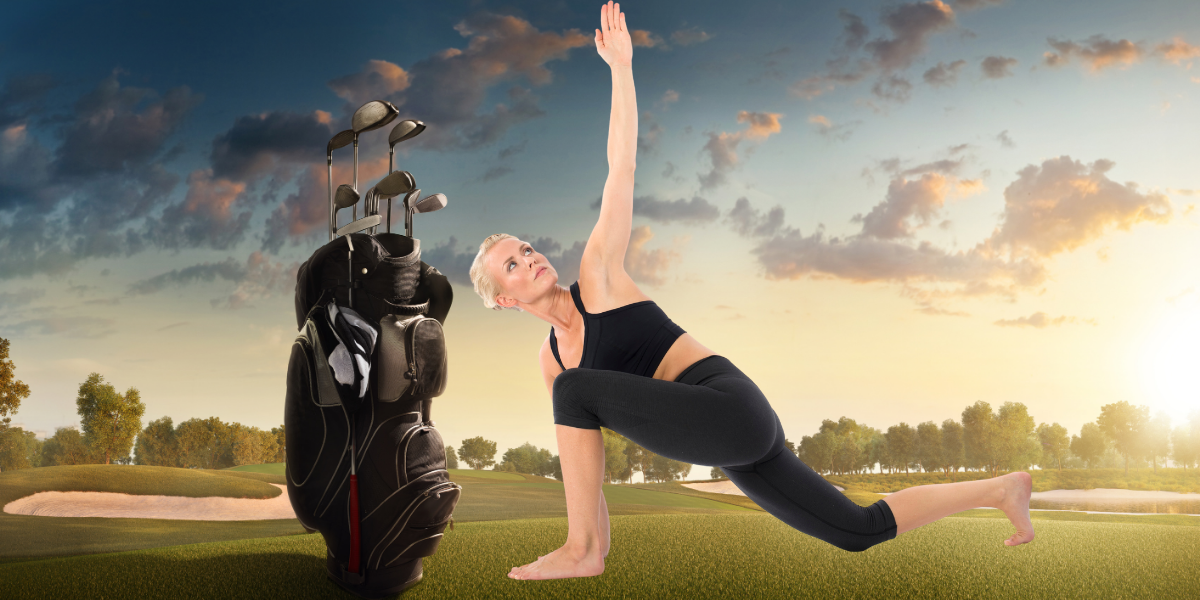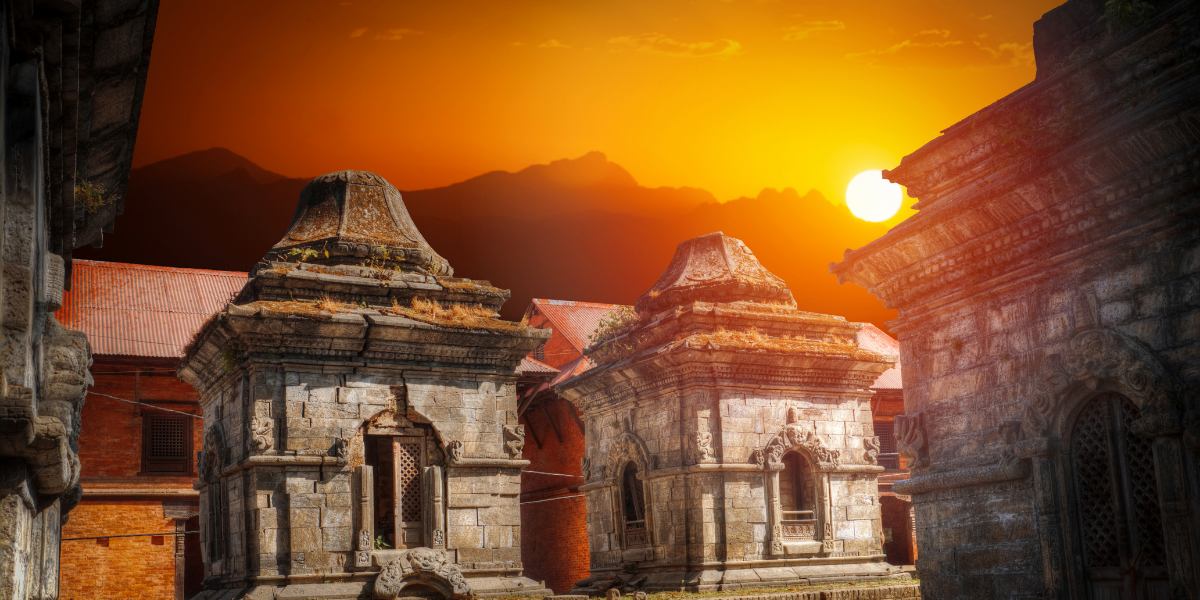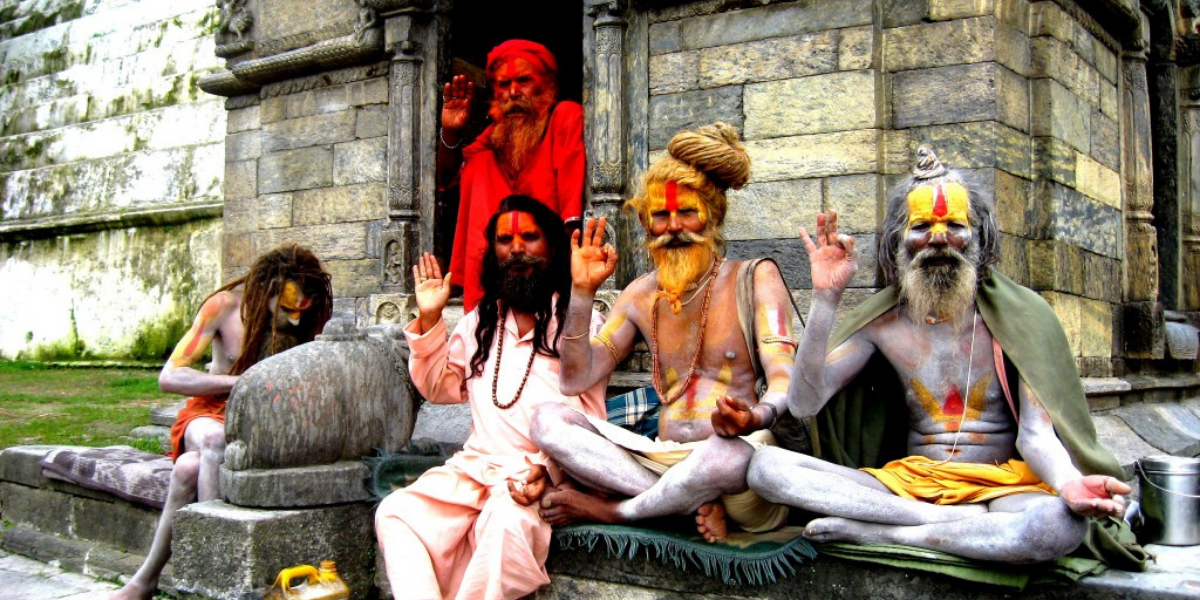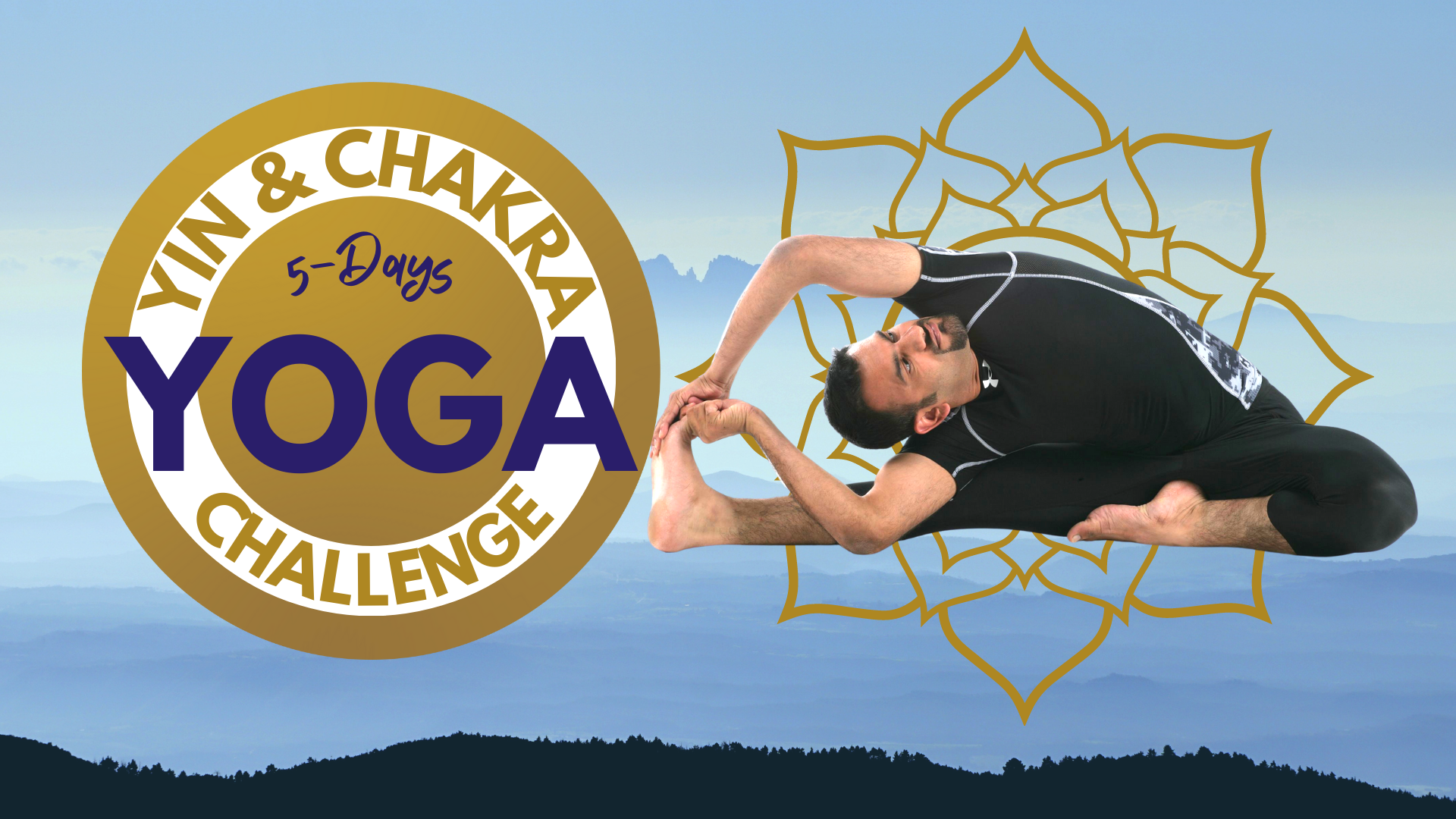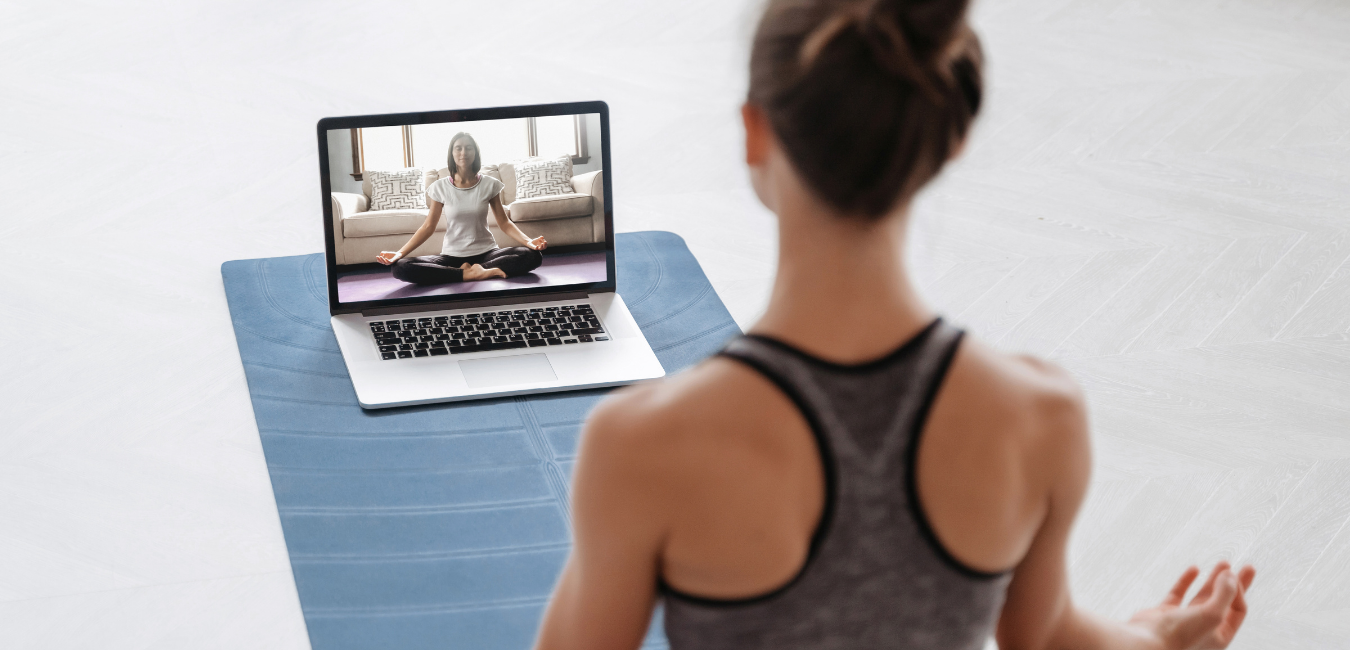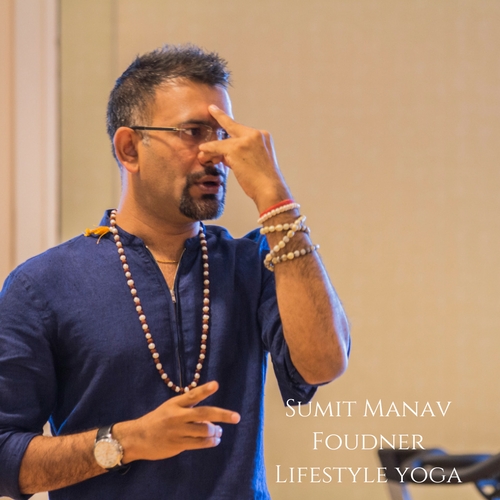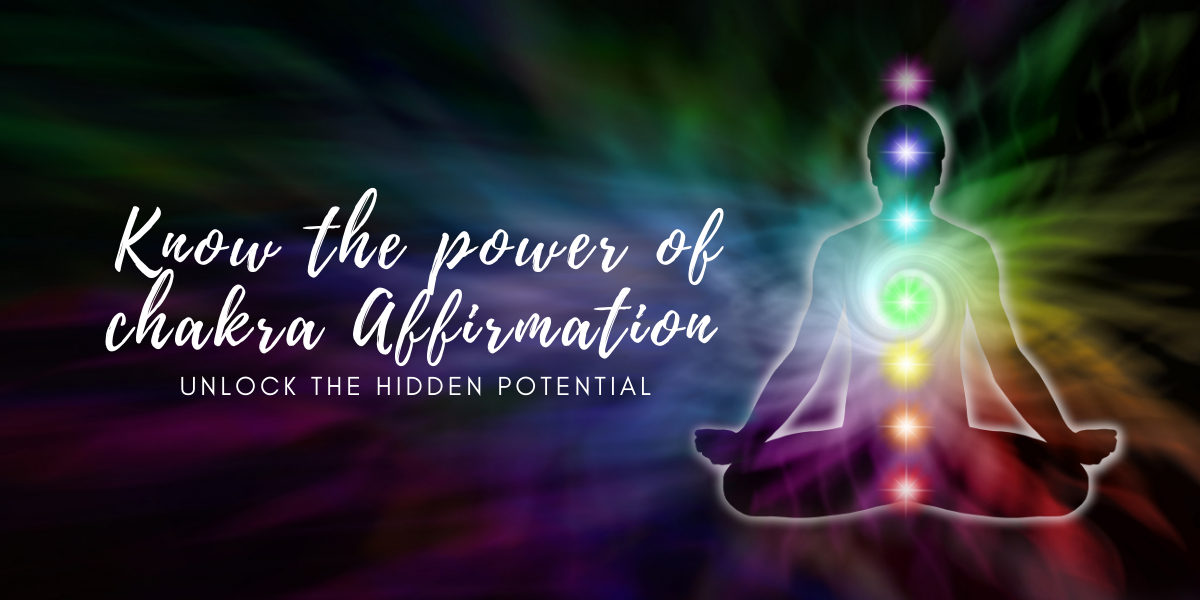5-Interpretation Of Patanjali Yamas
Path To Happy & Joyous Life
In today’s context, the word “Yoga” is considered a mere physical exercise by some of us. It is a way to get stronger, healthier, and gain flexibility. However, Yoga goes beyond the “ Asanas “performed on the mat. Asanas are a small branch in the mighty and vast tree of Yoga. In the traditional yoga form, asanas were to represent how one sits and meditates. It does not refer to the postures of Yoga.
Sage Patanjali is the father of Yoga. He authored the Yoga Sutras, which consists of 196 verses. These sutras explain the ancient traditional method of Yoga practice guiding one to attain enlightenment by the spiritual path.
There are eight limbs of the yoga sutras. Each of these limbs describes an aspect of Yoga.
We can think of a chair with four legs. Each of the legs of the chairs plays an essential part in supporting the chair. Similarly, each of these limbs helps an individual to reach a higher state of awareness. One can imagine the organic growth of a body from that of a child to an adult – the external parts like hands, legs, physical features grow, and so do the internal parts – lungs expand, stomach extends, bones become stronger. This internal and external symbiotic growth is necessary to become complete and wholesome. Similarly, the understanding and practice of the eight sutras, in its entirety, completes the Yogic journey.
Let us have a look at these limbs in some detail –
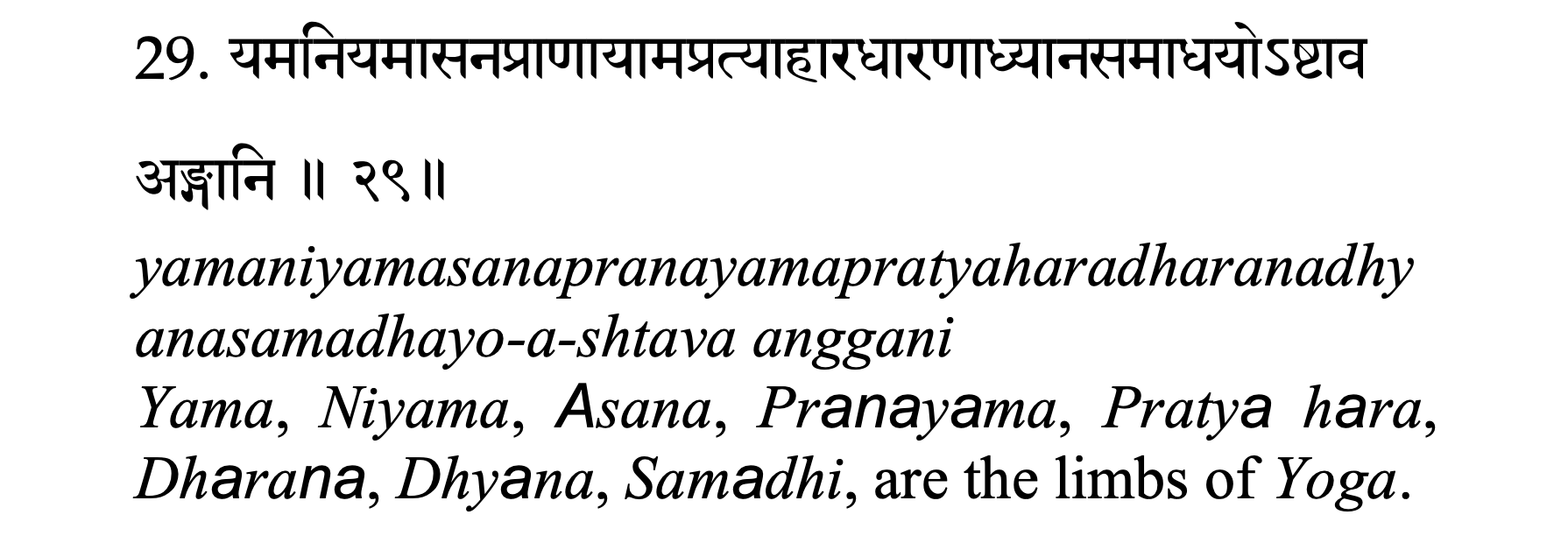
Yama (moral discipline), Niyama (observances), Asana (physical postures), Pranayama (breathing techniques), Pratyahara (sense withdrawal), Dharana (concentration), Dhyana (absorption or meditation), Samadhi (enlightenment)
Our blog post of today will be on the Yamas written in the Yoga sutras.
What is Yama? Yama means to self-restrain. The word sounds tough. How do we restrain? What do we restrain from? Yamas are practices that are the outer observances. It is a way of our behavior to the outer world.
Practising of the Yamas allows us to live healthier. Our outlook to life will be peaceful. It helps the yogi to progress on their spiritual journey.

Ahimsa Or Non Harming
The word “Himsa” means hurt, and “A” means Not. Ahimsa means not harming or non-violence. To practice this, we have to be kind and compassionate in our thoughts and actions. Negative thoughts cause stress in our bodies, which is harmful. It lowers the immune system, which causes health issues.

Ahimsa in yoga practice guides us not to think negatively about our bodies. At times despite frequent practice, we do not see the desired result in our yoga sessions. However, if we learn to practice Ahimsa during our Yoga, we will learn to accept our bodies. It is good to challenge our body, but we should not feel disgruntled or annoyed if we cannot achieve the result. This small thought process during our yoga practise will help us be mindful of our thoughts, which will become a habit for our life.
“Watch your thoughts, they become your words; watch your words, they become your actions; watch your actions, they become your habits; watch your habits, they become your character; watch your character, it becomes your destiny.”
Satya: Truthfulness
The literal translation of Satya would mean truthfulness. Satya involves a total commitment to truth— in intentions, in our actions, and in our being. This requires deep understanding and awareness of ourselves and our surroundings. Truth is not what we speak but what we are.

When a situation is presented to us, we react due to the conditioning of the mind. However, if we pause and think, a gap is created to process the situations. We see the situation with more clarity and truth rather than reacting blindly.
The practise of Satya is about slowing down our thoughts, carefully choosing our words so that they are in harmony with the first Yama—Ahimsa.
In our daily yoga practice, we need to be honest with ourselves at all times. What is the purpose of my practice? Identifying an honest answer will help us to move from the physical body to discover our true potentials.
A Sufi saying:
Asteya: Non Stealing
The literal meaning of Asteya is non-stealing. At the deep level, Asteya means to leave the intent or desire to possess. This desire can be of a relationship, material desire, need to achieve success, possess a talent that does not necessarily belong. This desire should not arise in thoughts, let alone actions. The urge to possess arises out of comparisons or a sense of lack. At times it can be plain greed. These seeds of Asteya should be eliminated in us.

Our attention should be on inner happiness. When we reach the state of inner happiness, the whole world starts belonging to us. This sense of contentment and togetherness forms the basis of the practice of Asteya.
Brahmacharya:
Move Into Infinity “Brahma” means infinity, the Absolute, “charya” means to walk or move. Brahmacharya means to Move into Infinity. The practice of Brahmacharya involves getting rid of attachments and move our mind to higher realization.

Humans tend to identify ourselves with our physical body and its needs. Most of our energy is spent in satisfying its needs like food, clothing, cravings. Our emotional state of happiness or sadness is attached to these sensual pleasures. However, the pleasure gained is short-lived, and we are restless for more. This constant cycle saps our energy, which can otherwise be utilized for higher thinking.
Practicing Brahmacharya balances the senses. We get freedom from the external stimulus, which helps turn our mind inward to experience inner joy and strength.
The foundation of Brahmacharya is the daily practice of asana, pranayama, and meditation. These daily practices relax the nervous system. We gain better control of our energy channels, which helps in increasing awareness. These also help to separate your emotions from your thoughts to become aligned with our true nature.

Aparigraha in our yoga practice can be learned with our breath practice. When we are in a challenging posture, we tend to hold our breath reflexively. At this point, breathing deeply can help in letting our awareness and energy flow towards the pain to overcome the sensation. We can then flow smoothly from one asana to another. Do we continuously observe ourselves or others during yoga practice, to see if we achieve the final position? This is an attachment to success. We should learn to let go of this attachment to success and remember our intention prior to the start of any session to ensuring to enjoy the flow and the process to attain the deep meditative state and discover oneself.
Once we observe Aparigraha on the mat, there will small changes in our life also. The unhealthy attachment to material and non-material wealth will fade away. The practice of Aparigraha helps us to take what is necessary.



